LICHEN BEACONS
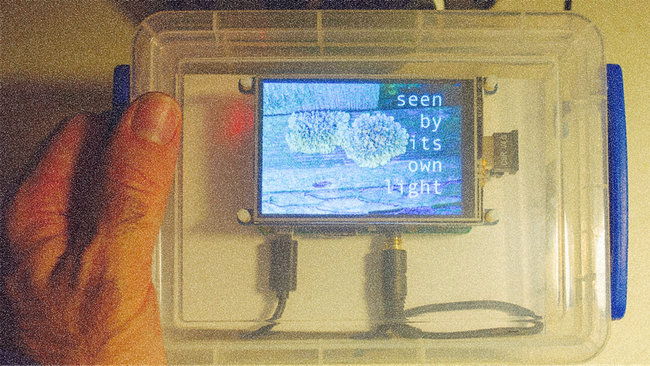
Lichen Beacons is a collaborative sound art installation by Tom Hall, Drew Milne and Barry Byford involving slow immersive portable sound, images and poetry. It was first shown in the UK as Lichen Ohms Seriatim in Corpus Christi College Chapel in October, as part of the 2015 Cambridge Festival of Ideas.
Music, Composition & Sound: Tom Hall
Image, Text & Voice: Drew Milne
Raspberry Pi Code: Barry Byford
The official Raspberry Pi magazine The MagPi featured Lichen Beacons in their April 2016 edition (Issue 44, pp.40–41). The entire edition can be downloaded from The MagPi website; a local PDF copy of just the article is available here (600KB).
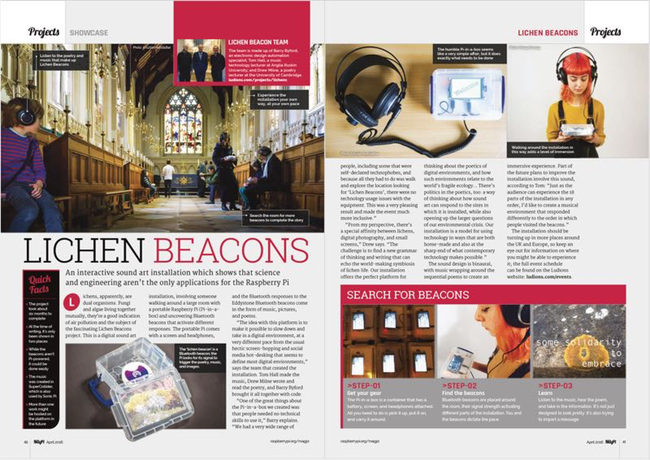
Lichens, poetics and the digital environment
Lichens have for some time been recognised as pollution monitors, and as beacons of environmental health. Digital photography and the ability to look at lichens on digital screens have transformed the awareness and representation of lichens. The 2015 Cambridge Festival of Ideas focused on art, power and resistance, providing a context for this installation. The world of lichens offers multiple resistances to human perceptions and aesthetics, suggesting different modalities of time, and a slower, calmer sense of sound and motion. Lichen Ohms Seriatim offered a site-responsive installation involving spoken word texts, music, and photographs conveyed through a dialogue between Bluetooth beacons and Raspberry Pis with screens and headphones.
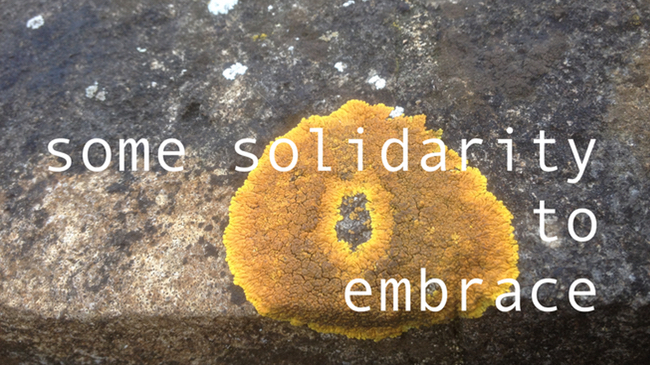
This relatively self-contained digital environment offered sympathetic resistances to the environment provided by the chapel of Corpus Christi College, generating a hesitant conversation between Raspberry Pi technology, human visitors and the world of lichens. Drew Milne’s serial poem is divided into eighteen short sections, two for each beacon, and can be experienced in any order. The photographs of the lichens were taken from different ecologies, including Wicken Fen, but also a car park in Ely. These different ecologies are glimpsed in the serial poem, but not as representations so much as a poetics of lichen symbiosis. The question of what it means to like a lichen cuts across digital and social media, with its prevalence of ‘likes’ and the poem suggests different modes of resistance and appreciation. The Raspberry Pi screens that respond to each digital beacon offer images of field lichens along with fragments of Drew Milne’s written and spoken text. Although muted and moot, the text calls for new ecologies of solidarity.
Music and sound design
A key consideration for the slow sound design was the idea of recording Milne’s serial poem in a sympathetic outside environment. The digital recordings of Milne reading his text were made at Wicken Fen Nature Reserve in September 2015. The format of these recordings is ‘binaural’, such that headphone listening will create an ‘immersive 3D’ effect over headphones. In the final installation, the sounds of Wicken Fen on an autumn afternoon can clearly be heard in many of the sections of the installation. These include the sounds of visitors to the nature reserve, animals and other environmental sounds. This acoustic environment melded with the recording of Milne reading the text to develop a soundscape that would not normally be heard indoors.
The music was designed to fit around the acoustic environment described above. An omnipresent musical drone came both from loudspeakers in the installation space (the chapel in the case of the Corpus Christi College showing), and from headphones to bring together the virtual and physical acoustic space. An accompaniment of musical notes surrounded the spoken text in supporting the continuities found there. The approach varies somewhat differently for each of the 18 sections, as do the exact selection of notes and diatonic sonorities heard. These tend to be related section to section by a series of changing common tones which are also intended aurally to connect the parts of the sonic environment together.
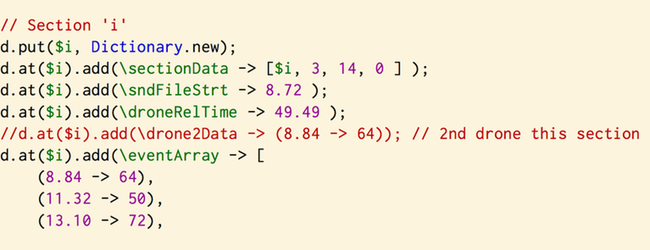
The music was written using SuperCollider, a programming language for real time audio synthesis and algorithmic composition. As part of the composition process, the music was recorded and played back in a custom-coded sequencer that also triggered the drone and relevant audio file of the poetry. Musical notes were saved as simple numerical data (MIDI note numbers) in a code dictionary object, which also held data for the start time in milliseconds of each note from the start of the section. The final mixed music and Wicken Fen recordings were rendered as single sound files in SuperCollider and stored on the Raspberry Pi’s Micro SD card.
Technology: beacons and the Raspberry Pi
The project’s technology enabled an immersive individual digital environment which responded to each audience member’s position in the chapel. A number of technologies were tried: GPS is an obvious candidate for location-based information and had been used by members of the team for other projects. However it is suitable only for outdoor use, and would not have allowed multiple ‘trigger points’ within the indoor installation space. Bluetooth beacons are more suitable for indoor location tracking –Apple’s iBeacon technology is one example of this. iBeacons however do not use an open protocol; their use would have forced the project to be based on iOS devices which, for a number of reasons, would have been inappropriate.
UriBeacon technology (pronounced YUR-ee-BEE-kun), was selected for the project as it is an open protocol and can be used with many different types of hardware. An existing software library was used, uri-beacon-scanner that assisted with scanning for and collecting information from UriBeacons. uri-beacon-scanner was written for Node.js and proved to be both robust and easy to use. The simplest method of determining location with Bluetooth beacons is to base the calculation on signal strength: in general the signal is stronger when close to the beacon and weaker when further away. There is a relatively simple formula for signal loss in free space that converts signal strength into approximate distance. The result of the calculation is only approximate as our low cost beacons were not all transmitting at the same power. There were also environmental conditions within the chapel that caused signal fluctuation due to interference, absorption and diffraction. This was an issue for the project due to the high density of beacons that we used in the chapel.
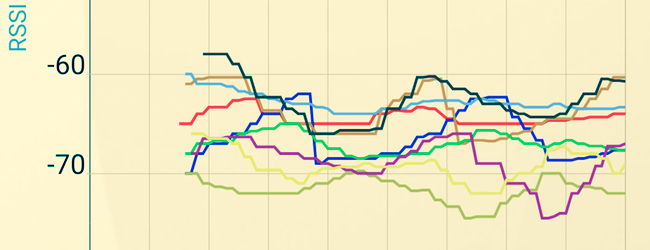
The use of trilateration to improve accuracy was considered, however this was not adopted due to time constraints and satisfactory results using beacon signal strengths. The methodology we adapted was to base the triggering of the audio and image files on the Raspberry Pi on a set calculated distance between visitor and one of the nine beacons. Media was triggered when a visitor got within 1.5 meters of a beacon, each of which were around 3 metres apart. To encourage visitors to get close to the beacons, each beacon was placed on a bench next to a picture of the lichen and text that would appear on the Raspberry Pi screen.
As the beacons were static it meant that the Raspberry Pis needed to be portable. This was achieved by powering the Raspberry Pis from a USB power bank. Images were displayed on 3.5 inch Adafruit TFT display mounted on the Pi. Audio was provided through headphones connected to the jack on the Raspberry Pi. (Since sound playback on the Pi does reproduce high-quality source material well, future iterations of the installation will likely use a USB sound card for better sound quality.)
While the mobile infrastructure worked well when tested, the equipment was protected in an enclosure that did not hide the DIY aesthetic of the project. A number of options were considered, before simple transparent storage boxes were chosen. These met the goals of cost, protection and visibility and form the basis of our ‘Pi-in-a-Box’ portable Raspberry Pi installation mobile kits.
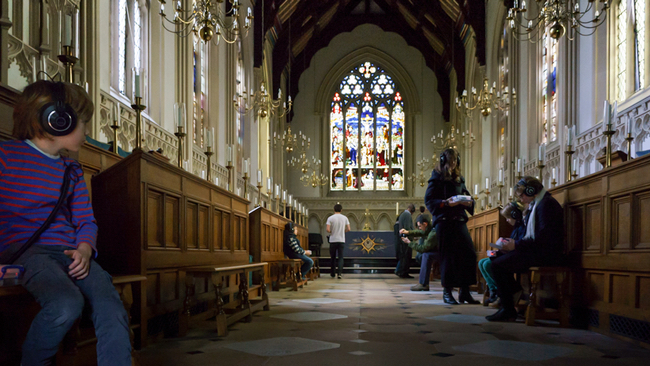
Further links
Tom Hall: [ludions.com] [@ludions]
Drew Milne: [institute of electric crinolines] [@GlamFuzz]
Barry Byford: [@uk_baz]
For media enquiries, please contact Kate Morris [K.Morris@gold.ac.uk]
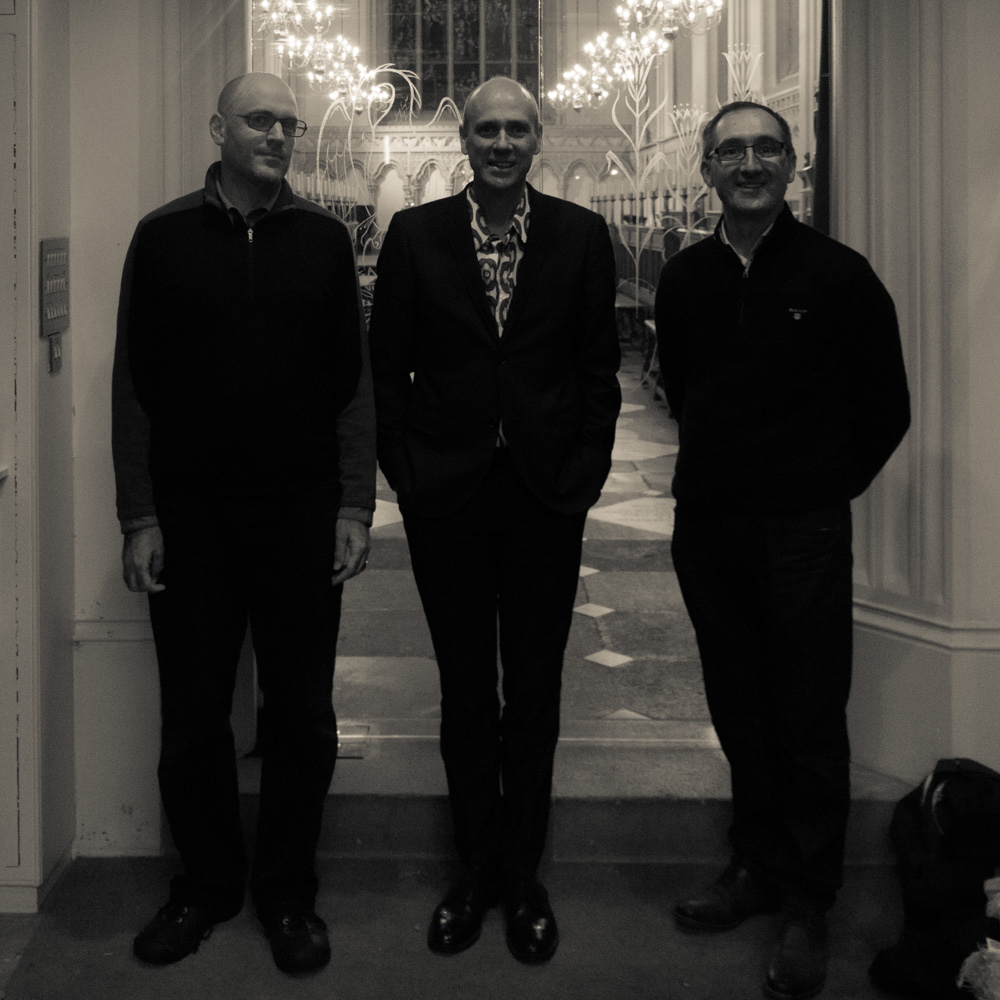
This project has received assistance by Anglia Ruskin University and the Judith E Wilson Fund, Faculty of English, University of Cambridge.
For the 2015 installation of Lichen Ohms Seriatim we are grateful for the kind permission and encouragement of the Master, Dean and Fellows of Corpus Christi College, for making this installation possible.